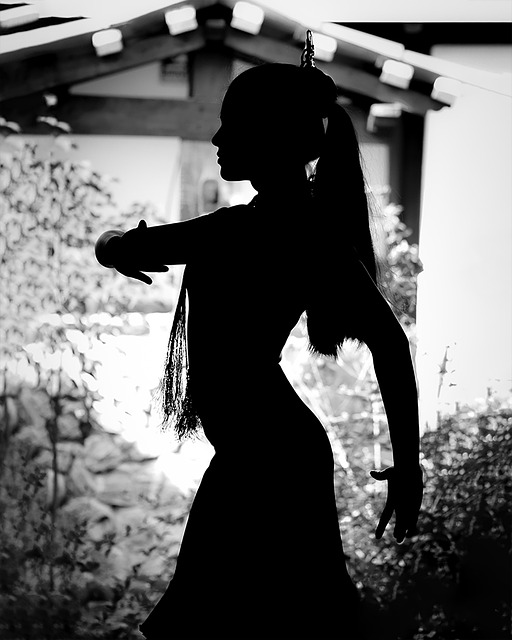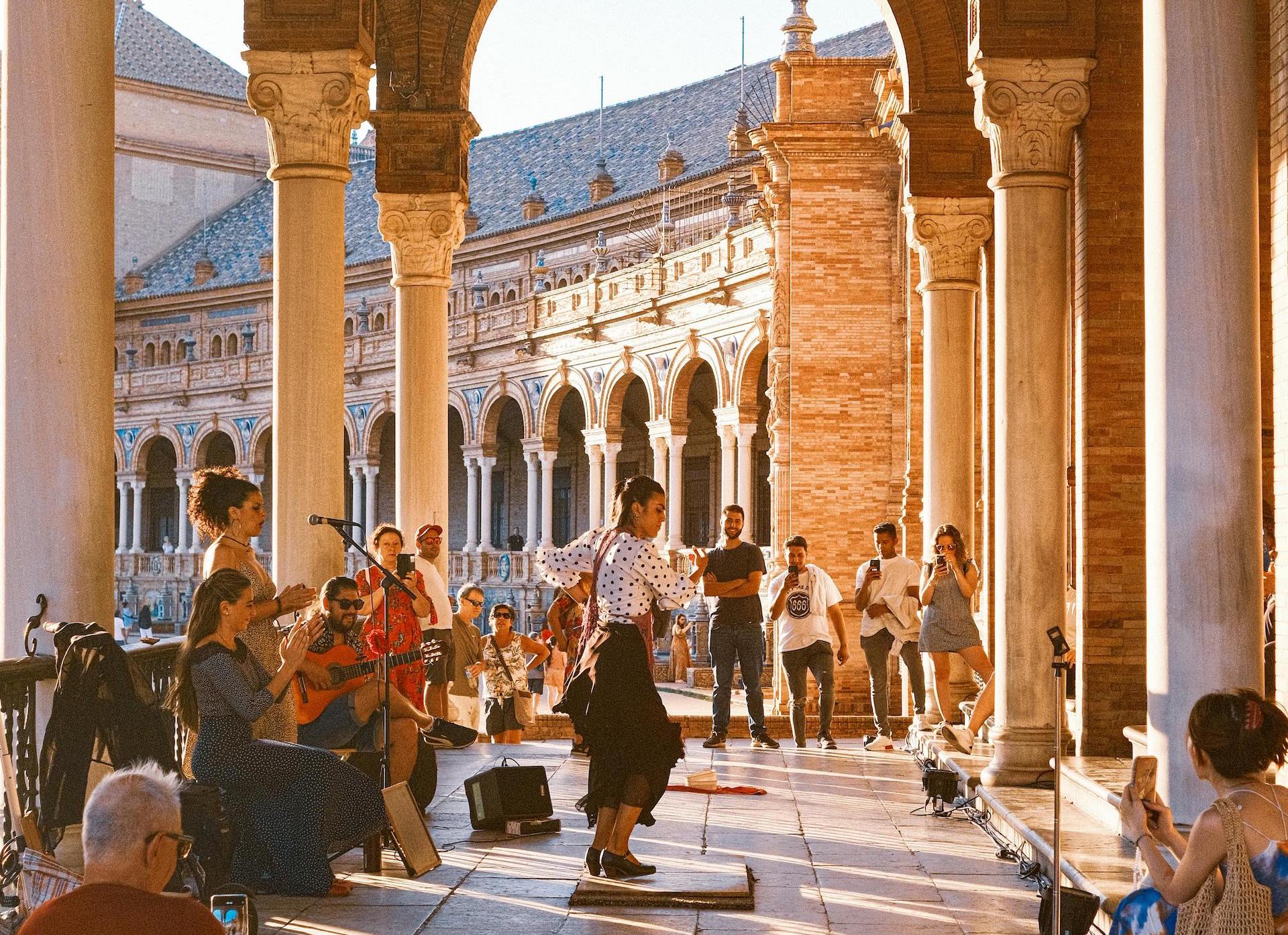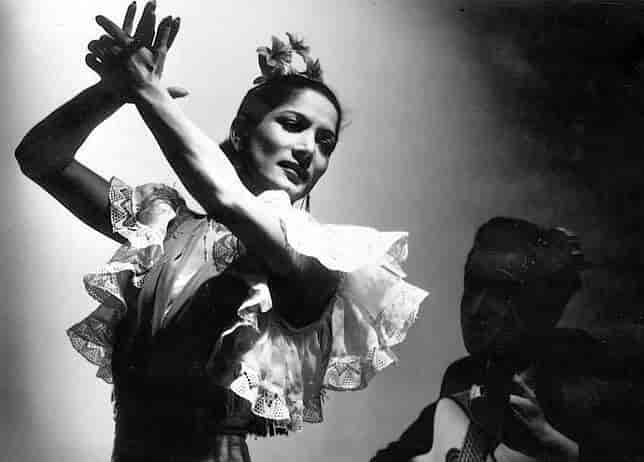A few years back, I spent a holiday in Fuengirola, on the Costa del Sol. One of those big resorts. Pools everywhere, activities scheduled like clockwork, buffet dinners that all tasted the same after a few days.
One evening, they put on a flamenco show.
It was the kind of scene you’d expect. A man and a woman, standing still for a beat, tension crackling between them before they exploded into movement. The woman’s dress whipped through the air as she spun. The man’s footwork was like a drumroll, hammering against the floor. His face—pure intensity. A guitarist wove melodies through it all, a cajón thumped beneath the rhythm, and the palmas—sharp, rhythmic claps—drove everything forward.
The crowd was mesmerized. And yeah, it was impressive. The energy. The drama. The sheer speed of it.
And yet.
Something about it felt… off.
I should have been completely absorbed. I mean, I studied ethnomusicology. I love music. This should’ve been my thing. But instead, I just sat there, feeling like I was watching a perfectly packaged slice of Spain, designed to be consumed. A neat little product, tied up with a bow.
Something tourists could watch, snap a few photos of, and then move on, convinced they’d experienced the “real” Spain. Most of them wouldn’t question it.
But here’s the thing.
If you actually want to feel flamenco—if you want to experience it in your bones—you need to start by understanding one crucial truth.
Flamenco is not Spain’s national music.
I later went on to look at Spanish courses in Barcelona, in particular, those that involved immersion in the life, the fabric of the city. On the course i chose I learned a few things other than Spanish verbs and their derivations.
To a purist, flamenco in Barcelona makes about as much sense as bagpipes in Cornwall.
Because flamenco was never meant to represent Spain. In fact, for most of its history, Spain’s elites wanted nothing to do with it. It wasn’t respectable. It wasn’t polished. It was the music of the underclass—the Gitanos, the Moors, the outcasts.
It was music born from struggle. From pain. From defiance.
And yet, today, it’s everywhere. It’s a national symbol. A tourist attraction.
So how did we get from there… to here?
The answer? Franco.
Under his regime, flamenco was completely repackaged. The state took something deeply rooted in Andalusia—something raw, something marginalised—and turned it into a national brand. This was called nacional-flamenquismo.
Suddenly, flamenco was a selling point. A postcard image of Spain. But only if it behaved itself.
Lyrics had to be scrubbed clean. No mention of oppression, struggle, injustice—nothing that might cause trouble. Artists who refused to toe the line either left or found themselves under serious scrutiny.
Meanwhile, the very people who had carried flamenco for centuries—the ones who lived and breathed it—were being forced out of their homes.
Take Triana. The so-called “Gypsy quarter” of Seville.
Travel books still romanticise it as this old flamenco heartland. Tourists wander its streets, imagining they’re standing where some legendary cantaor once sang.
But here’s what they don’t know.
In the early 1970s, most of Triana’s Gitano families were evicted. No compensation. No relocation plan. Just removed. A whole community, gone.
Yet tourists still pay good money to watch flamenco in venues that, frankly, have nothing to do with the real thing anymore.
And the contradiction is staggering.
The very moment flamenco was turned into a national treasure, it was also being gutted from within.
All of this was part of a larger plan to sell Spain to the world. The Franco regime pushed the slogan “Spain is different”—a way to market the country as exotic, passionate, exciting. Early tourism posters? Beaches and flamenco.
Later, bullfighting was thrown into the mix. Even Iberia, the national airline, used flamenco dancers in their adverts.
Flamenco wasn’t just a tradition anymore. It was a product. Marketed. Packaged. Sold.
And now, here we are.
Spain is set to become the most visited country in the world. Flamenco’s popularity is bigger than ever. The industry has helped local economies, given Spanish artists a global platform. It’s kept the tradition alive.
So can I really complain?
I mean, so many musical traditions have just… disappeared. Lost to time. At least flamenco survived.
It thrives.
But if you really, really want to experience it—if you want to feel it in the pit of your stomach—you have to look for it.
You won’t find it in a tourist resort.
You won’t find it in a carefully rehearsed show, played night after night for foreign crowds.
You have to go where the heart of it still beats.
And that’s exactly what I plan to do.



